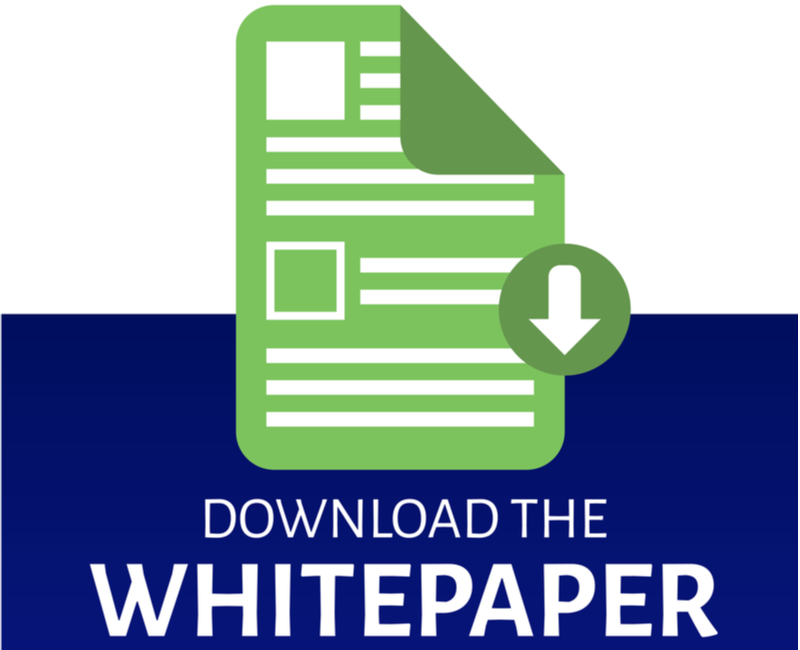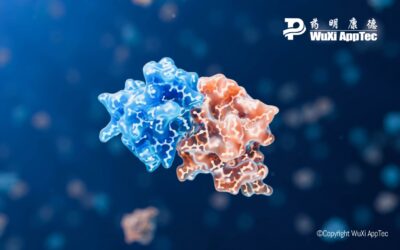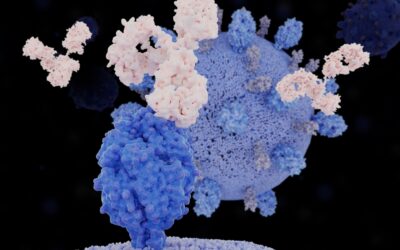The International Council for Harmonization of Technical Requirements for Pharmaceuticals for Human Use (ICH) is in the process of revising M10, a multidisciplinary guideline that governs bioanalytical method validation.
Drugs need to contain the correct concentrations of therapeutic products to be effective and safe. Therefore, it is critical to ensure the bioanalytical techniques, methods and workflows used to determine concentration levels are robust and universally accepted.
Our most recent whitepaper, ICH M10 Guidance: Harmonization and Modification to Bioanalytical Method Validation, outlines the sections that will most heavily impact bioanalytical method validation across the globe.
Though the drafted document is extensive, not all the information is new. Below is an overview of M10’s most compelling sections. Download the whitepaper for additional details and in-depth explanations of each section.
Bioanalytical Method Validation
Proper validation is central to any drug development program because it supports data reliability, assay performance and preparation for pharmacokinetic and toxicokinetic studies.
Full, partial and cross-validations are appropriate in different scenarios and achieve different results. Understanding when each method is necessary will help mitigate concerns about result variation and ensure consistency in global submissions.
Dilutional Linearity
Dilutional linearity studies determine whether study samples with spiked analyte concentrations can be diluted into the assay range and ultimately produce an accurate measurement. These tests are vital to understanding an analyte’s performance, and ICH M10 aims to change requirements to guide future test methods. One example of these changes is the increase in run requirements to three runs for each dilution factor tested.
Endogenous Analytes
Endogenous quantification is a complex process that uses liquid chromatography-mass spectrometry (LC-MS) to analyze biological systems in the disease state and understand how drugs impact them. Biological systems naturally contain endogenous analytes, which makes quantification challenging for researchers. The ICH M10 whitepaper introduces and defines the four best approaches to quantifying the endogenous analyte.
Critical Reagents
Critical reagents play a crucial role in immunoassays, which developers use to develop large molecule drugs. The assay’s accuracy, precision and robustness all depend on the quality of the critical reagent. But, critical reagents’ quality and composition vary from lot to lot, making managing lot changes a challenging process. M10 helps alleviate some of these pressures by providing guidance on approaching major and minor lot changes.
Reporting
Proper reporting practices are a core element of implementing ICH M10 guidance. Regulators cannot appropriately review the requirements above without reporting templates that satisfy the latest expectations, and M10 aims to harmonize reporting across member states. The guideline may challenge drug developers to standardize reporting, as organizations often use internal or preferred reporting formats. But the goal with standardization is to reduce submission and review time and ultimately bring drugs to market quicker.
Final Thoughts
ICH M10 intends to harmonize bioanalytical method validation standards, which can help streamline processes and propel a drug development program. Understanding how regulatory changes impact existing processes and business goals can be challenging. Still, developers on top of regulation changes can better prepare and identify ways to protect investments and condense timelines.
Depending your team’s internal capacity, available expertise and history of bioanalytical success, partnering with a laboratory testing partner can help your program stay competitive and in compliance. Start by gaining a more detailed sense of the upcoming guidance document, and begin looking internally to assess your resources.
Dig deeper into ICH M10’s impacts in our latest whitepaper, ICH M10 Guidance: Harmonization and Modification to Bioanalytical Method Validation.
Learn more about WuXi AppTec’s Bioanalytical Services or contact an expert today.
As a global company with operations across Asia, Europe, and North America, WuXi AppTec provides a broad portfolio of R&D and manufacturing services that enable the global pharmaceutical and life sciences industry to advance discoveries and deliver groundbreaking treatments to patients. Through its unique business models, WuXi AppTec’s integrated, end-to-end services include chemistry drug CRDMO (Contract Research, Development and Manufacturing Organization), biology discovery, preclinical testing and clinical research services, helping customers improve the productivity of advancing healthcare products through cost-effective and efficient solutions. WuXi AppTec received an AA ESG rating from MSCI for the fourth consecutive year in 2024 and its open-access platform is enabling around 6,000 customers from over 30 countries to improve the health of those in need – and to realize the vision that “every drug can be made and every disease can be treated.”


